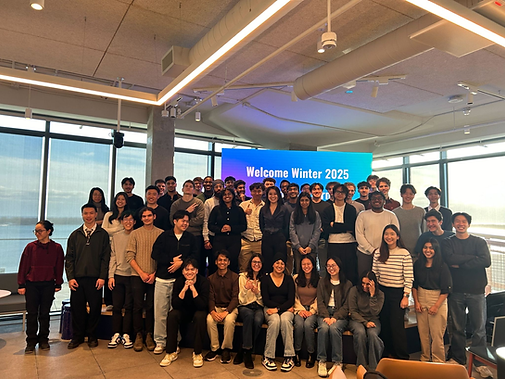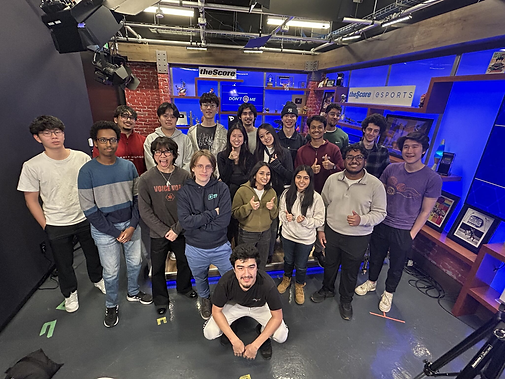theScore/ESPN Bet
Understanding user behaviour through data driven insights
SKILLS
TEAM
Data Analysis
Machine Learning
UI/UX
API Development
A/B Testing
DURATION
January 2025 - May 2025

My Story
At theScore / ESPN Bet, I worked on the UX Data & Research team as a Quant UXR, focusing on improving user experience and product performance across multiple sports betting platforms. My role involved product design, data science, and user research, helping drive product decisions through actionable insights from large-scale user data.
The Problem
The core challenge during my internship was to increase engagement and retention across ESPN Bet and theScore Bet by better understanding user behaviour and optimizing the platforms’ interfaces. With growing competition in the sports betting space, we needed to create more intuitive, personalized, and efficient user experiences that encouraged first-time bets and improved overall satisfaction.
To address this, I worked across several key areas:
-
User Segmentation & Personalization: I implemented a K-means clustering model using the elbow method and Pearson correlation to segment 670K+ users into distinct personas. These personas informed targeted UI designs that boosted first-time bets by 22%
-
Conversational UI Design: I designed a chatbot interface that handled over 50K monthly betting queries, providing information on odds, parlay building, and simulations. This reduced support tickets and increased active users
-
UX Research & Testing: On theScore Bet, I conducted usability testing, interviews, and surveys using tools like Playbook UX and Great Question. The resulting UI/UX changes led to a 20% increase in feature discoverability.
-
Data Infrastructure for UX Metrics: I built a Python API that pulled user data from Amplitude and Qualtrics to generate dashboards for metrics like NPS, SUPR-Q, and C-SAT. This surfaced 15+ key UX insights that drove data-backed design updates and improved retention
-
Quality Assurance Collaboration: I worked with the QA team by reviewing Java code in IntelliJ IDEA, fixing a major rendering issue in the Hollywood Casino app to prevent visual glitches during gameplay
-
Experimentation: I ran A/B tests across five UI variants, which increased click-through rates by 18% and time-on-page by 25%
Key Takeaways
-
Data storytelling enhances design decisions:
-
Using clustering and user analytics to define personas gave stakeholders a clear view of who we were designing for and why. It created a strong bridge between the data and the design teams.
-
-
Designing with real-time feedback loops:
-
Running experiments alongside survey data allowed us to validate design choices quickly and iterate with confidence. This accelerated our product cycle and reduced the risk of poor design deployment.
-
-
Engineering collaboration improves product ownership:
-
Supporting the QA team gave me insight into how even small bugs can deeply impact user experience. It also taught me to take more ownership across the product lifecycle, from data to code to UI.
-
Memories



